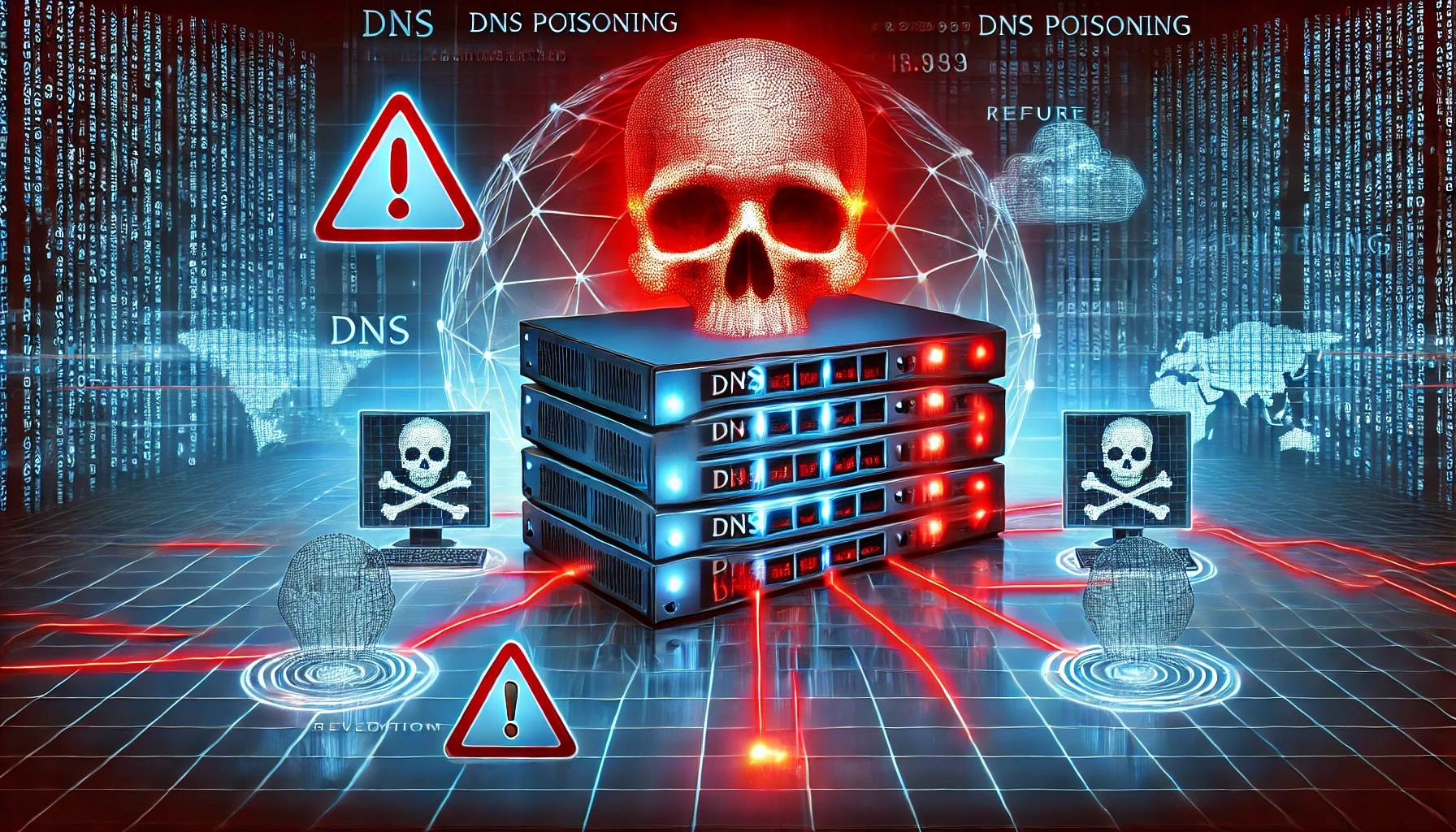DNS poisoning poses serious cybersecurity risks, exposing users to phishing attacks and data theft. Learn how it works and effective prevention strategies.
What Is DNS Poisoning? Understanding a Major Cybersecurity Threat
With the integration of technology into almost every facet of daily life, cybersecurity risks, such as DNS poisoning, have become pressing concerns for individuals and organizations alike. This report explores DNS poisoning, its impact on users, and effective strategies for mitigating this evolving cyber threat.
Defining DNS Poisoning
DNS poisoning, also known as DNS spoofing or DNS cache poisoning, is a cyberattack method where malicious actors tamper with DNS data to redirect users to fraudulent websites. This manipulation can expose users’ sensitive information, prevent access to legitimate sites, and potentially disrupt normal website functionality. Preventing DNS poisoning relies on blocking DNS spoofing attempts, ensuring website integrity, and educating users on online safety.
How DNS Poisoning Attacks Occur
DNS poisoning typically exploits vulnerabilities within the Domain Name System (DNS), the service that translates human-readable URLs into numerical IP addresses. Attackers target DNS weaknesses by altering legitimate IP addresses within DNS records. As a result, users unknowingly navigate to counterfeit sites where their sensitive data may be at risk. This method is also used for censorship; for example, in China, DNS spoofing restricts access to sites with banned content.
DNS Poisoning Techniques and Historical Incidents
One of the largest-known incidents of DNS poisoning occurred in 2014 when the attack extended globally, affecting approximately one-seventh of all internet users, disrupting access to popular sites like Facebook and Twitter. By intercepting DNS requests and delivering falsified IP addresses, attackers can impersonate legitimate servers and flood users with counterfeit content.
How the DNS System Operates
When a user types a URL into a browser, the DNS system is queried to find the numerical IP address associated with that web address. This system has roots in the early days of the internet, developed without robust security measures, making it vulnerable to modern attacks like DNS poisoning. DNS servers, which store this translation data, are especially susceptible to exploitation if their data validation processes are weak.
Cache Poisoning and DNS Spoofing
In DNS cache poisoning, attackers manipulate DNS cache data to redirect users to illegitimate sites. This attack often occurs over open networks, like public Wi-Fi, where the Address Resolution Protocol (ARP) tables can be more easily altered. DNS spoofing may also serve as the first stage of phishing attacks, tricking users into divulging personal information or downloading malware.
Preventing DNS Poisoning Attacks
1. Control DNS Servers: Regularly verify the accuracy of DNS data stored on servers to detect and prevent malicious alterations.
2. Limit Open Ports: Avoid open ports on DNS servers to reduce exposure to unauthorized DNS requests.
3. Use DNS Security Extensions (DNSSEC): DNSSEC provides a layer of authentication to confirm the legitimacy of DNS responses, mitigating spoofing risks.
4. Educate Users: Raise awareness about phishing and other social engineering attacks to reduce vulnerability to DNS poisoning.
Protecting Against DNS Spoofing
In the age of advanced cyber threats, DNS poisoning represents a significant risk to online security. Utilizing DNSSEC, updating DNS configurations, and choosing reputable DNS providers with built-in security measures are essential steps to safeguard against DNS spoofing. In conjunction with robust technology, educating users on phishing risks is critical for a safer digital environment.
Combining strong technological protections with informed user practices is essential to combat DNS poisoning. By implementing these measures, individuals and organizations can create a safer, more secure online experience, protecting sensitive data and ensuring reliable access to the digital world.


